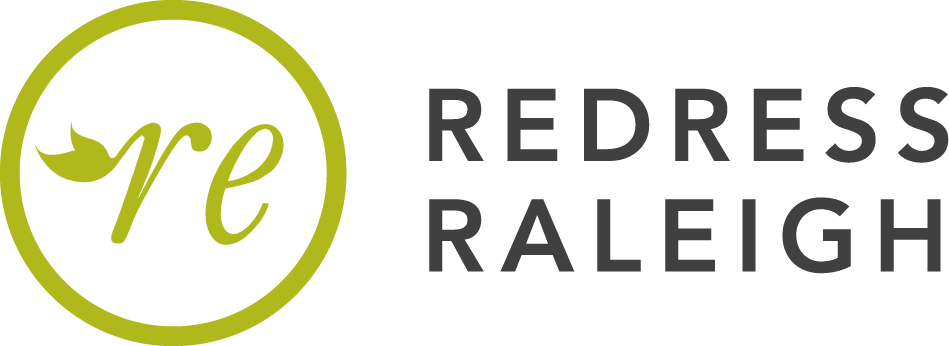What is Sustainable Fashion?
Sustainable fashion (or clothing) uses textiles that are manufactured, constructed, and marketed in a responsible and conscious way that acknowledges and accounts for their environmental and socioeconomic impacts. This is ideally done across a garment’s full life cycle, from creation to disposal. Responsible designers understand that everything they make has influence — from the materials they use to the way they treat the people producing their goods.
No piece of clothing is fully sustainable or a perfect example of what “responsible fashion” looks like — there are many forms of sustainable fashion, all offering unique benefits and drawbacks for people and the planet. Do your research, understand which issues matter most to you, and do the best you can, when you can, to take steps in the right direction. Together, we can transform the fashion industry.
Green & Clean
Clothing designed and manufactured in an environmentally conscious way. These products pay close attention to the origin of their fibers and dyes, and are often healthier for the people wearing and creating them, providing less exposure to harmful chemicals.
Products in this category:
Use eco-friendly materials, like:
Organically grown fibers.
Post-consumer fibers.
Natural & biodegradable materials.
Practice eco-friendly production, including:
Using natural dyes.
Little to no-waste pattern-making.
Rented, Loaned or Swapped
Clothing that is borrowed for a period of time, or exchanged between people, as a way to wear new-to-you clothes without purchasing anything that’s freshly manufactured. These products often save shoppers money while slowing the resource-intensive manufacturing cycle.
Secondhand or Vintage
Clothes that have been previously owned, being resold in their original form. These products slow the resource-intensive manufacturing cycle by offering an alternative to newly-produced items.
On-Demand or Custom Made
Clothing that is created only after being ordered, or items that are tailor-made to fit a specific person’s measurements. These products may be more expensive to purchase up front, but they slow the resource-intensive manufacturing cycle by only creating what’s been requested by a buyer, using an appropriate amount of raw materials. Custom made items fit better, so they’re often worn more frequently and to their full potential, reducing the need for multiples.
Fair & Ethical
Clothing designed and manufactured with human and/or animal rights in mind. Brands that produce these products usually prioritize a transparent supply chain and often encourage the preservation of cultural heritage through craft traditions.
Products in this category:
Use ethical labor practices.
Prioritize a transparent supply chain.
May be fair trade certified.
May be handmade / artisan-crafted.
Often preserve craft traditions.
May be vegan / animal rights conscious.
Repaired, Redesigned or Upcycled
Clothing that is mended to preserve its original form, or altered to create an entirely new product, all with the goal of increasing the longevity of the products’ lifespan. These products slow the resource-intensive manufacturing cycle by using materials that already exist to create something new, while keeping materials out of the landfill.
High Quality & Timeless Design
Clothing designed with durability and longevity in mind. These products are often more expensive to purchase up front, but save shoppers money over time, because they’ll only have to buy the product once or twice in their lifetime. They also slow the resource-intensive manufacturing cycle by producing fewer quantities of the product.
Domestically Produced (Made in USA)
Clothing manufactured in the United States. These products come with a caveat: do your research before purchasing. Like all the other categories of sustainable fashion, a “Made in USA” label does not automatically equal sustainability, but it does offer some assurances both ethically and environmentally.
Sustainable Brand Directories
These directories specifically focus on sustainable brands - each explains how they rate the brands on their site and provides detailed information on those ratings. They can be a good place to start if you’re looking for a specific type of item or want more information on a specific brand.
Good On You Directory - Search Thousands of Fashion Brand Ratings
DoneGood makes it easy to shop sustainable and ethically-made products
















